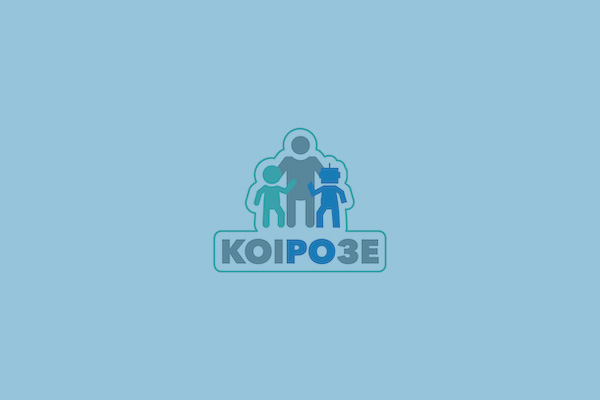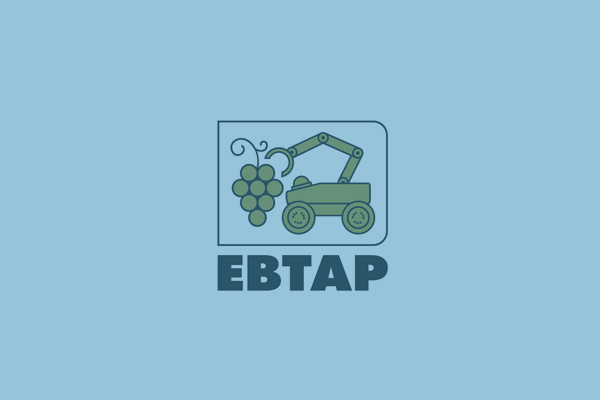Two fuzzy lattice reasoning (FLR) classifiers and their application for human facial expression recognition – Journal of Multiple-Valued Logic and Soft Computing, vol. 22, no. 4-6
S.E. Papadakis, V.G. Kaburlasos, G.A. Papakostas, “Two fuzzy lattice reasoning (FLR) classifiers and their application for human facial expression recognition”, Journal of Multiple-Valued Logic and Soft Computing, vol. 22, no. 4-6, pp. 561-579, 2014 (Special Issue on Uncertainty Modeling in Knowledge Engineering and Decision Making. Guest Editors: Cengiz Kahraman and Farouk Yalaoui).


 Greek
Greek







